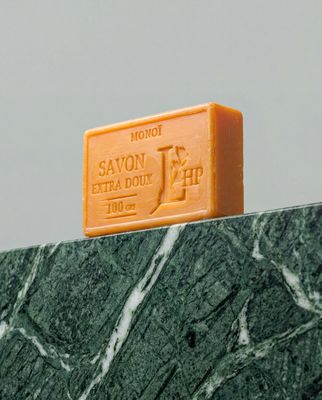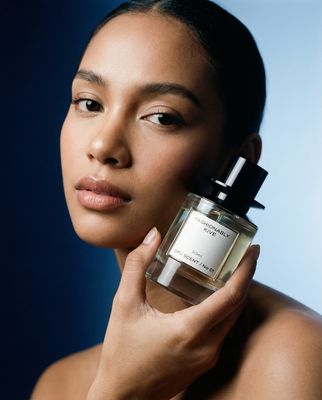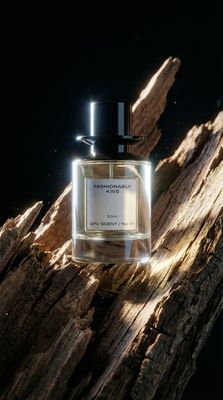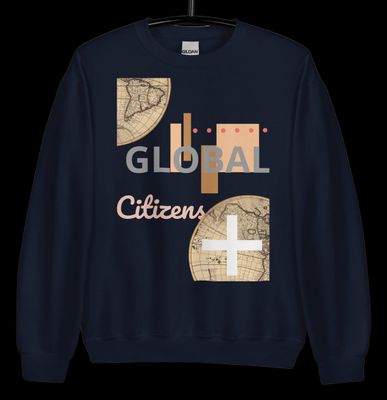Everything about the color Camel
The meaning of the color camel and color combinations to inspire your next creation.
Browse images in the color camel
What color is camel?
Camel is a warm, light brown hue reminiscent of the soft, sandy tones found in desert landscapes. This color exudes a sense of understated elegance and natural simplicity.
What are similar colors to camel?
For variations within the same warm and earthy spectrum as camel, consider:
- Beige (#F5F5DC) shares camel's neutral and versatile qualities, offering a slightly lighter and creamier tone.
- Tan (#D2B48C) resembles camel with its sandy, earthy vibe, but with a touch more warmth and depth.
- Taupe (#483C32) provides a darker, more muted alternative, maintaining the earthy essence of camel.
What color goes with camel?
To complement camel's warm, neutral tones, consider pairing it with:
- Ivory (#FFFFF0) enhances camel's warmth with its soft, creamy hue, creating a sophisticated and elegant look.
- Sage (#BCB88A) offers a subtle, green-tinged balance that pairs well with camel's earthy undertones.
- Peach (#FFE5B4) adds a gentle, sunny contrast that harmonizes beautifully with camel's warm tones.
- Lavender (#E6E6FA) introduces a touch of elegance with its soothing, purple-tinged hue, complementing camel's natural warmth.
What color conflicts with camel?
To avoid clashing with camel's warm, earthy tones, consider avoiding:
- Gray (#808080) could dull the vibrancy of camel, leading to a lackluster combination.
- Black (#000000) may overpower camel's subtle warmth, creating a stark contrast.
- White (#FFFFFF) risks washing out camel's natural, earthy appeal.
What does the color camel represent?
Camel often represents sophistication, reliability, and a connection to nature, evoking images of sandy deserts and timeless elegance. Psychologically, camel is associated with warmth, comfort, and a sense of stability, making it a popular choice for creating inviting and cozy spaces. In art, photography, and design, camel is valued for its versatility and ability to complement a wide range of colors, adding depth and warmth to compositions.
What's the history of camel?
The color camel derives its name from the natural hue of camel hair, which has been used for centuries in textiles and clothing. This color gained popularity in fashion, particularly in outerwear, due to its neutral and timeless appeal. In modern times, camel continues to be a staple in fashion and interior design, appreciated for its ability to convey elegance and warmth without being overpowering.
Color Variations
Shades
Tints
Hues
Color Palettes
Monochromatic
Complementary
Analogous
Triadic
Tetradic
Images with camel color
Color Conversions
#C19A6Brgb(193, 154, 107)rgb(76%, 60%, 42%)0, 20, 45, 24hsl(33, 41%, 59%)33, 45, 76#C19A6B66, 8, 3036, 36, 1966, 31, 7411000001, 10011010, 01101011Color(red: 0.7568627450980392, green: 0.6039215686274509, blue: 0.4196078431372549)UIColor(red: 0.7568627450980392, green: 0.6039215686274509, blue: 0.4196078431372549, alpha: 1.0)Color(0xFFC19A6B)










